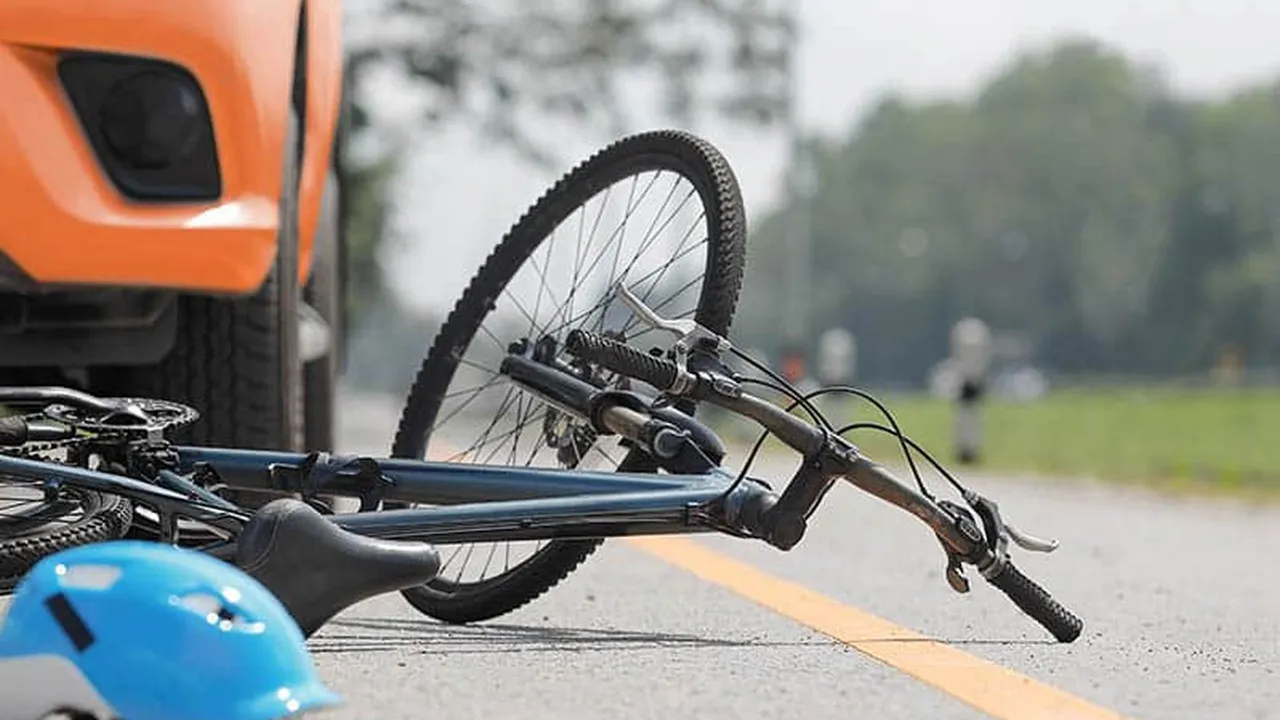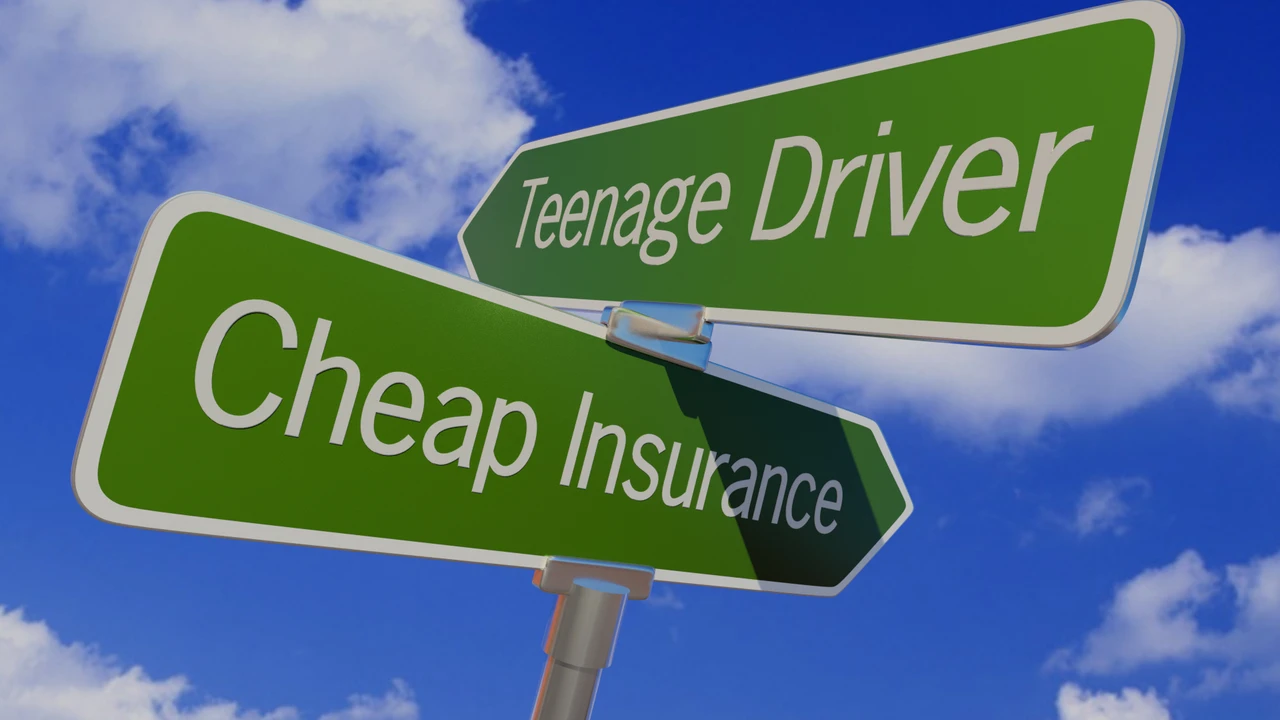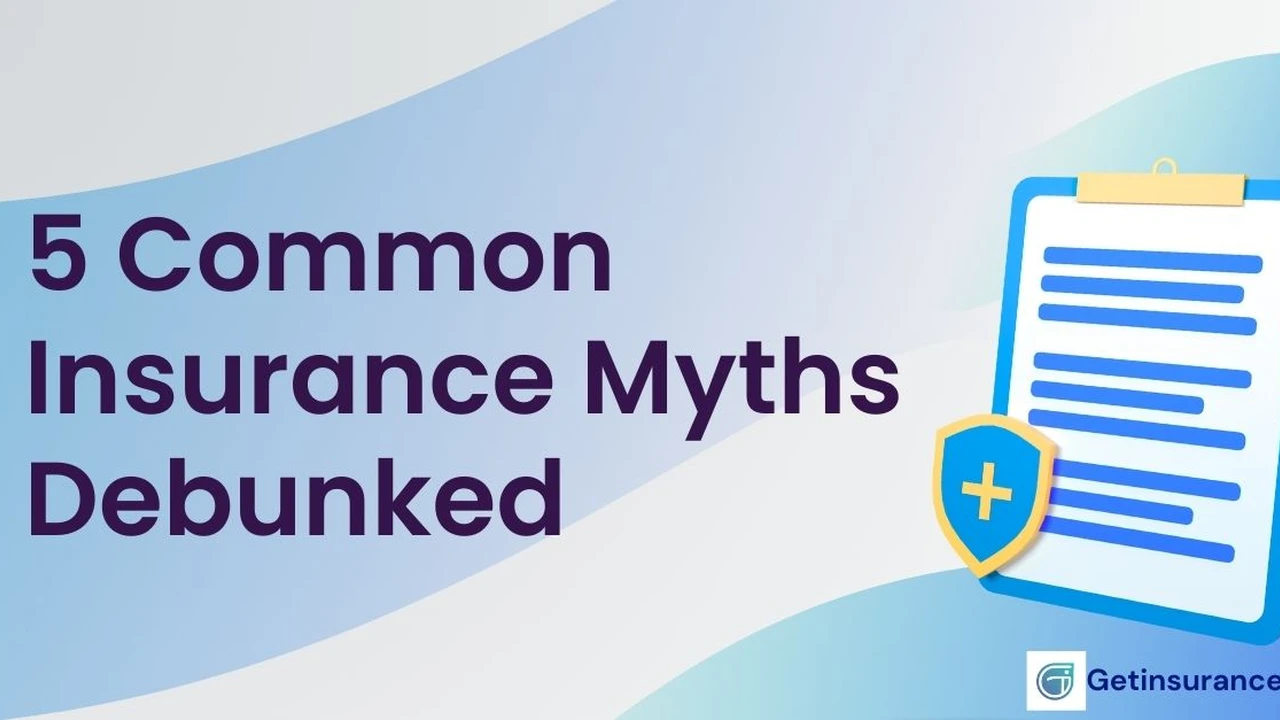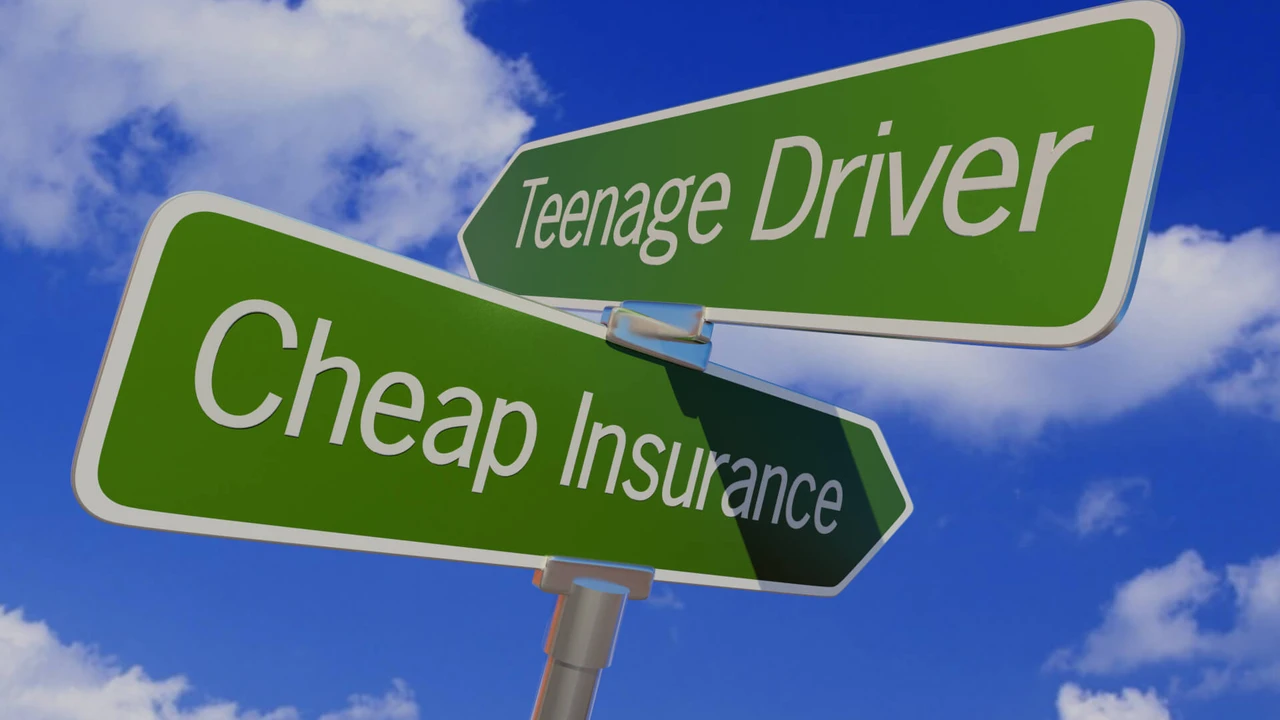Dealing with Accidents and Tickets: A Parent's Guide

Understanding Teen Driver Accidents and Insurance Implications
Okay, so your teen just got their license. Freedom! Independence! And… a whole lot of potential for minor fender-benders and, let's be honest, the occasional speeding ticket. It's a nerve-wracking time for any parent. Understanding the ins and outs of teen driver accidents and how they impact your insurance is crucial. First off, statistics show that teen drivers are more likely to be involved in accidents than older, more experienced drivers. This is due to a variety of factors including inexperience, distracted driving (hello, smartphones!), and a tendency towards risky behavior. Knowing this is the first step in preparing yourself and your teen.
When an accident happens, the immediate concern is, of course, safety. Make sure everyone involved is okay and call emergency services if necessary. Once the dust settles, it's time to deal with the insurance ramifications. A teen driver accident can significantly impact your insurance rates. Your premium could increase, sometimes quite drastically. And depending on the severity of the accident and who was at fault, your insurance company might even decide not to renew your policy. This is why it's so important to have a clear understanding of your insurance coverage before your teen even gets behind the wheel. Review your policy, ask questions, and make sure you're prepared for the worst-case scenario.
Moreover, consider the legal aspects. Depending on the state and the severity of the accident, there might be legal consequences for your teen. This could range from fines and points on their license to more serious charges like reckless driving. It's wise to consult with a lawyer if your teen is involved in a significant accident, especially if there are injuries or fatalities.
Navigating Traffic Tickets and Points on a Teen Driver's License
So, your teen got a speeding ticket. It happens. But what does it mean for their license and your insurance? Traffic tickets, especially moving violations, can add points to your teen's driver's license. The number of points varies depending on the violation and the state. Accumulating too many points can lead to a suspended license, which is a huge inconvenience and can also impact your insurance rates. Insurance companies see drivers with points on their licenses as higher risk, and they adjust premiums accordingly.
What can you do? First, consider whether it's worth fighting the ticket. In some cases, hiring a lawyer to contest the ticket can be beneficial, especially if it's a serious violation. A lawyer might be able to negotiate a lesser charge or even get the ticket dismissed. Second, talk to your teen about responsible driving habits. Use the ticket as a learning opportunity to reinforce the importance of following traffic laws and driving safely. Third, check with your insurance company to see how the ticket will affect your rates. Some companies offer safe driving discounts or programs that can help offset the impact of a minor ticket.
Furthermore, emphasize the long-term consequences of traffic violations. A poor driving record can make it difficult for your teen to get a job, rent an apartment, or even secure a loan in the future. Instilling good driving habits now can have a positive impact on their life for years to come.
Choosing the Right Teen Driver Insurance Coverage Options
Choosing the right insurance coverage for your teen driver is crucial. You have several options to consider, and the best choice depends on your individual circumstances and risk tolerance. Here's a breakdown of some common coverage options:
- Liability Coverage: This is the most basic type of coverage and is usually required by law. It protects you if your teen causes an accident and injures someone else or damages their property. The higher the liability limits, the more protection you have.
- Collision Coverage: This covers damage to your vehicle if your teen is involved in an accident, regardless of who is at fault. If you have a relatively new or valuable car, collision coverage is a good idea.
- Comprehensive Coverage: This covers damage to your vehicle from things other than collisions, such as theft, vandalism, fire, or natural disasters.
- Uninsured/Underinsured Motorist Coverage: This protects you if your teen is hit by a driver who doesn't have insurance or doesn't have enough insurance to cover the damages.
When choosing coverage, consider your deductible. A higher deductible means lower premiums, but you'll have to pay more out of pocket if you file a claim. A lower deductible means higher premiums, but you'll pay less out of pocket. It's a balancing act. Also, explore usage-based insurance programs. These programs track your teen's driving habits and adjust your premiums accordingly. If your teen is a safe driver, you could save money. However, if they exhibit risky behavior, your rates could increase.
Preventing Accidents Through Driver Education and Technology
Prevention is always better than cure. Investing in driver education and utilizing technology can significantly reduce the risk of accidents involving teen drivers. Encourage your teen to take a defensive driving course. These courses teach valuable skills and techniques for avoiding accidents. Many insurance companies offer discounts for drivers who complete a defensive driving course.
Technology can also play a role. There are numerous apps and devices designed to monitor teen driving habits and provide feedback. These tools can track speed, acceleration, braking, and location. Some apps even block texting and calls while the car is in motion. Consider installing a GPS tracking device in your teen's car. This allows you to monitor their location and driving habits in real-time. It can also be helpful in case of an emergency.
Furthermore, set clear expectations and rules for your teen driver. Establish a curfew, limit the number of passengers they can have in the car, and prohibit texting or using a cell phone while driving. Make sure they understand the consequences of breaking these rules.
Product Recommendations for Teen Driver Safety and Monitoring
Here are a few product recommendations that can help improve teen driver safety and give parents peace of mind:
- DriveSafe.ly App (Free/Premium Options): This app reads text messages aloud so your teen can stay connected without taking their eyes off the road. It also allows them to respond to messages using voice commands. Usage Scenario: Ideal for teens who need to stay in touch with friends and family while driving but want to avoid distracted driving. Comparison: Similar apps include TextDrive and SafeDrive, but DriveSafe.ly offers a good balance of features and price.
- Bouncie GPS Tracker ($79.00 + Subscription): This device plugs into your car's OBD-II port and provides real-time tracking, speed alerts, geofencing, and driving behavior monitoring. Usage Scenario: Perfect for parents who want to keep tabs on their teen's driving habits and ensure they're driving safely. Comparison: Competitors like Zubie and Automatic offer similar features, but Bouncie is known for its user-friendly interface and reliable tracking.
- Hudway Drive Heads-Up Display ($499.00): This device projects navigation and driving information onto the windshield, allowing your teen to keep their eyes on the road. Usage Scenario: Great for teens who are prone to getting lost or distracted by their phone's navigation app. Comparison: Other HUDs are available, but Hudway Drive stands out for its clear display and compatibility with various smartphones.
- Anker Roav Dash Cam C1 Pro ($89.99): A dash cam provides video evidence in case of an accident. It can also deter reckless driving behavior. Usage Scenario: Essential for documenting accidents and protecting your teen from false claims. Comparison: The Rexing V1P Pro and Garmin Dash Cam 55 are also excellent choices, but the Anker Roav C1 Pro offers a good balance of features and affordability.
- Life360 (Free/Subscription Options): While not specifically for driving, Life360 allows you to track your teen's location, receive alerts when they arrive at or leave designated locations, and even detect car crashes. Usage Scenario: Useful for general safety and peace of mind, especially for parents of new drivers. Comparison: Family Locator and Glympse are similar apps, but Life360 offers more features and integrates well with other safety apps.
Open Communication Strategies for Safe Teen Driving Habits
The most important tool in preventing accidents and mitigating the consequences of tickets is open communication. Talk to your teen regularly about safe driving habits. Don't just lecture them; have a conversation. Listen to their concerns and address their questions. Share your own driving experiences and mistakes. Be a role model. Show them that you take driving seriously and that you always follow the rules of the road.
Establish a family driving contract. This is a written agreement that outlines the rules and expectations for teen drivers. It should cover things like curfew, passenger limits, cell phone use, and consequences for breaking the rules. Review the contract regularly and make sure both you and your teen understand and agree to its terms.
Finally, create a supportive environment where your teen feels comfortable coming to you if they make a mistake. Let them know that you're there to help them learn from their experiences and become a safe and responsible driver. Don't overreact to minor incidents or tickets. Instead, use them as opportunities to teach valuable lessons and reinforce the importance of safe driving habits.
:max_bytes(150000):strip_icc()/277019-baked-pork-chops-with-cream-of-mushroom-soup-DDMFS-beauty-4x3-BG-7505-5762b731cf30447d9cbbbbbf387beafa.jpg)






